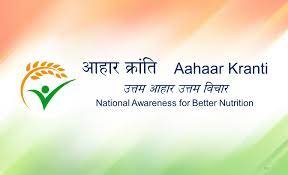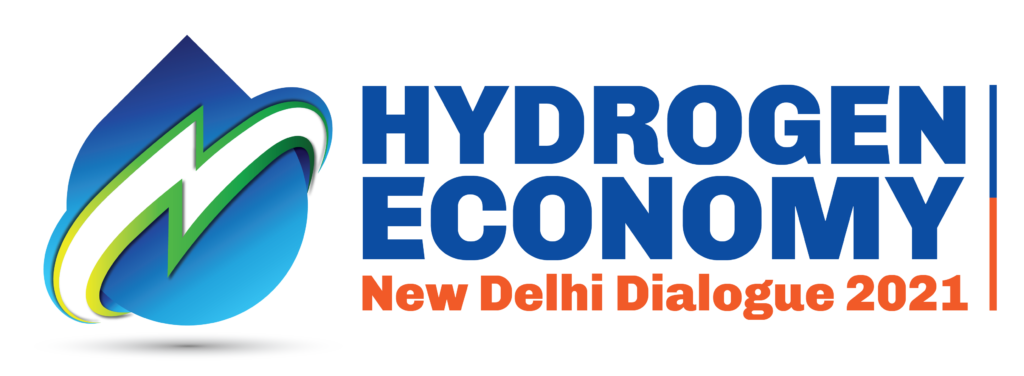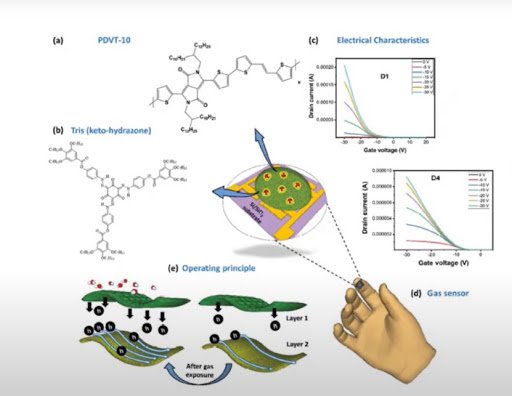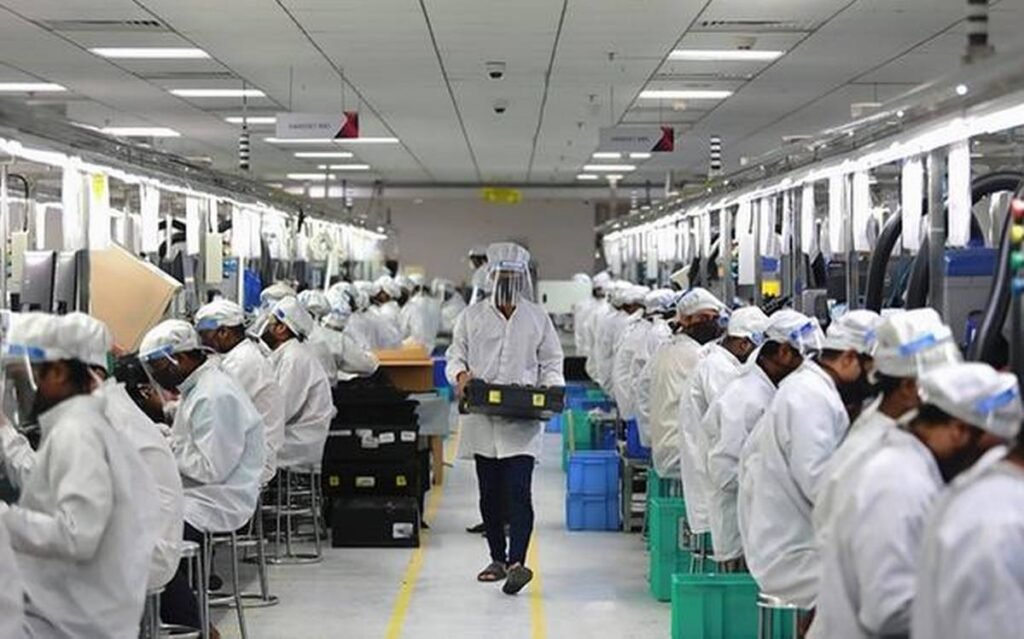Blog
APRIL 15th Current Affairs
- April 15, 2021
- Posted by: admin
- Category: Culture Current Affairs Daily News Defense & Security Disaster Management Economy Education Environment & Ecology Ethics Geography Governance Health History International Relation Persons in News Polity Science & Technology Social Issues Sports Uncategorized UPSC Notification Videos
1.MANAS App.

IN NEWS:
The Principal Scientific Adviser to the Government of India Prof. K VijayRaghavan virtually launched the “MANAS” App to promote wellbeing across age groups.
KEY POINTS:
- MANAS which stands for Mental Health and Normalcy Augmentation System was endorsed as a national program by the Prime Minister’s Science, Technology, and Innovation Advisory Council (PM-STIAC).
- MANAS is a comprehensive, scalable, and national digital wellbeing platform and an app developed to augment mental well-being of Indian citizens.
- MANAS App integrates the health and wellness efforts of various government ministries, scientifically validated indigenous tools with gamified interfaces developed/researched by various national bodies and research institutions.
- It was jointly executed by NIMHANS Bengaluru, AFMC Pune and C-DAC Bengaluru.
- The app must be integrated with the public health schemes like the National Health Mission, Poshan Abhiyan, e-Sanjeevani and others so that it is used widely.
SOURCE:PIB
2. Aahaar Kranti

IN NEWS:
Union Minister for Science and Technology, Earth Sciences and Health and Family Welfare, Dr Harsh Vardhanhas launched“AahaarKranti”.
KEY TAKEAWAYS:
- Aim: To spread the message of the need for a nutritionally balanced diet and to understand the importance of access to all local fruits and vegetables.
- Launched by: Vijnana Bharati (Vibha) and Global Indian Scientists’ and Technocrats’ Forum (GIST)
- Motto: ‘Good Diet-Good Cognition’
- It is designed to address the problem of `hunger and diseases in abundance’
- Council of Scientific and Industrial Research (CSIR)’s Pravasi Bharatiya Academic and Scientific Sampark (Prabhaas) is collaborating along with various central and state government ministries and agencies .
- Components: The mission will work on multiple dimensions simultaneously. It will seek to promote:
- Better awareness
- Better nutrition and
- Also, better agriculture
- These messages will be imparted through the curriculum in the form of `what’s and `why’s of nutrition, or through the forms of games.
- Focus: Training teachers, who, in turn, will pass on the message to the multitudes of students, and through them to their families and finally the society at large.
- Such a strategy was adopted for the eradication of Polio and it turned out to be a grand success.
SOURCE:PIB
3. The Hydrogen Economy – New Delhi Dialogue 2021

IN NEWS:
- Organised by: The Energy Forum (TEF) and the Federation of Indian Petroleum Industry (FIPI)
- Ministry: Ministry of Petroleum and Natural Gas, Government of India.
- To discuss emerging hydrogen ecosystems and exploring opportunities for collaboration, cooperation and coalition.
KEY POINTS:
- As the world chases its international climate commitments and takes steps to counter climate change, Hydrogen is gaining increasing importance as a source to bridge energy gaps and also as a standalone source to conventional fuels.
- OBJECTIVE: To understand the progress of Hydrogen ecosystem across continents and contribute to creating synchrony among the thinktanks, Governments and the industry to join forces for developing innovative and sustainable technologies at attractive costs.
- Global commitments for environmental protection has spurred seismic shifts towards decarbonisation by stakeholders— regulators, investors and policy makers alike.
- Among varied initiatives, Hydrogen (H2), while receiving an unprecedented interest in R&D, demonstration, deployment and investment is emerging as an important lever among the set of technologies to lead the world towards meeting netzero targets.
- Higher energy density, flexibility of feedstock, ease of trade, longer storage periods, scalability, adaptability and versatility in terms of end applications favour development of a robust ecosystem for a hydrogen economy.
Hydrogen as energy :
- Hydrogen production was based on limited technological options and usage restricted to passenger cars.
- Today, the depth of technology and breadth of the applications being experienced during the current wave are the key differentiators that are propelling the growth of the smallest molecule into a sustainable energy option.
- Various other colours of the element —depending on the diversity of feedstocks from which it is getting generated—have generated interest in recent times.
- While the green colour —derived from renewable power sources without any carbon footprint— is gaining unprecedented political and business momentum.
- The importance of blue hydrogen, sourced from fossil sources but hyphenated with CCUS to mitigate associated carbon emissions.
- Yellow hydrogen extracted from nuclear power and turquoise hydrogen generated from from chemical looping are also being explored as intermediate set of solutions for cleaner energy.
INDIA’s Efforts:
- India’s strength in leading the global solar and wind developments provides critical armoury to make strong headways towards evolving greener hydrogen pathways for multiple applications.
- While ensuing energy security and environmental sustainability, hydrogen as an energy carrier brings on anvil unique advantages for India as:
- India’s potential to get integrated with agrarian economy,
- adaptability in leveraging the renewable power, especially solar power,
- compatibility with various feedstocks,
- versatility of applications and the creation of jobs/business ecosystem.
- All these potential merits emanate from the fact of higher energy density of hydrogen offering longer range along with lower refuelling time.
- Government of India has recently announced the Hydrogen Mission in Budget 2021 for making a hydrogen roadmap for the country.
- Multiple academic institutes, research laboratories, public sector undertakings and private companies are pursuing hydrogen research programs in the country.
- Indian Oil’s R&D, under the patronage of the Indian Ministry of Petroleum and Natural Gas is pioneering the hydrogen research program amongst the oil and gas sector in the country for the past two decades.
- The experiment of operating 50 CNG buses with hydrogen-spiked CNG mixture is under execution in Delhi.
- other Indian PSU oil & gas companies are planning various activities on the production of green hydrogen and its use in refineries and natural gas pipelines for domestic and mobility applications.
- Automotive OEMs in India are on the verge of introducing the vehicles based on hydrogen fuel cell technology in the country.
- Leading organizations and research institutes, like Indian Space Research Organization, Automotive Research Association of India, Bharat Heavy Electricals Limited, Indian Institute of Science, IITs and various CSIR laboratories are actively pursuing R&D programs in the hydrogen space.
SOURCE:PIB
4. Electronic nose

IN NEWS:
New electronic nose with biodegradable polymer and monomer can detect hydrogen sulphide from sewers.
KEY HIGHLIGHTS:
- Scientists have developed an electronic nose with biodegradable polymer and monomer that can detect hydrogen sulphide (H2S), a poisonous, corrosive, and flammable gas produced from swamps and sewers.
- H2S is the primary gas produced from the microbial breakdown of organic matter in the absence of oxygen, and this necessitates easy detection of its emission from sewers and swamps.
- Responding to this challenge, scientists from the Centre for Nano and Soft Matter Sciences (CeNS), Bangalore, an autonomous institute of the Department of Science & Technology, Government of India, in collaboration with their counterparts from Saudi Arabia, have developed an exceptionally sensitive and selective H2S Gas sensor developed by impersonating the neuron responsible for identification of airborne molecules or olfactory receptor neuron (ORN).
- The impersonation of ORN with the help of an organic electronic device consisting of biodegradable polymer and monome.
- The fabricated sensor consists of a heterostructure consisting of two layers –
- The top layer a monomer and is realized with a novel chemical tris (keto-hydrazone), which is both porous and contains H2S specific functional groups, and
- the bottom layer is the active channel layer which plays a key role in altering the current and mobility of charge carriers.
- Thus the synergistic combination helps to pre-concentrate the H2S molecules, initiate an acid-base chemical reaction, and thereby brings a change in the majority carriers (holes) of the channel region in the device.
- The capacitance sensor (a sensor that detects nearby objects by their effect on the electrical field created by the sensor) developed by the scientists showed an excellent sensitivity in detecting H2S gas with an experimental limit of detection of around 25 parts per billion.
SOURCE:PIB
5. India, Russia committed to S-400 deal: envoy

IN NEWS:
India and Russia are “committed” to completing their contract for the S-400 missile system, due to be delivered to India at the end of the year, both countries opposed U.S. sanctions on the issue.
KEY HIGHLIGHTS:
- India and Russia do not recognise bilateral sanctions as they are illegal tools of unfair competition, pressure and blackmail. This was clearly stated by the two Foreign Ministers in their exchange.
- The S-400 contract is on track for delivery of the systems, despite America’s repeated threat that the deal could attract sanctions under its CAATSA law. Washington has already sanctioned China over its purchase of the S-400.
Background:
What is CAATSA?
- The Countering America’s Adversaries through Sanctions Act (CAATSA) aims to counter the aggressions by Russia, Iran and North Korea. Its major objective is to discourage exports of Russian defence equipment. CAATSA banned 39 Russian entities, dealings with which could make third parties like India liable to sanctions.
Implications on India’s weapon purchase
- It directly affects India’s arms procurement from Russia.
- India has already signed a deal for the S-400 air defence system. Some other projects like 1135.6 frigates and Ka226T helicopters will also come under the US scanner.
- CAATSA can affect India-Russia joint defence ventures like India-Russia joint ventures are – Brahmos Aerospace.
- Indian manufacturing entities generally import spare parts from various Russian companies for defence equipment. Raw materials, components, spare parts and research products will also affect CAATSA.
SOURCE:TH
6. India can be hardware manufacturing hub

IN NEWS:
There is an opportunity for India to become a hardware manufacturing location as the world’s technology majors have been moving their supply chains out of China over the past 18 months.
Highlights:
- The changing relationship between China and the U.S. and some other countries is one of the most significant geopolitical developments of this decade, and the change was certainly impacting the technology sector.
- We are seeing not a decoupling, but some drifting apart. We are definitely seeing an impact in terms of hardware supply chains, with many companies moving parts to, (or) in some instances, perhaps, almost all, or all of their hardware manufacturing out of China to other countries.
- This is something that creates potential new opportunities from a longer-term perspective for, say, India, as well as others to make themselves more of a location for hardware manufacturing. Capacity had been shifting to Mexico, Vietnam, South Korea, and some southeast Asian countries.
SOURCE:TH
7. Mandatory gold hallmarking from June 1

IN NEWS:
The government is all set to implement mandatory hallmarking of gold jewellery and artefacts from 1 June 2021.
IMPORTANT INFORMATION:
What is Gold hallmarking?
Gold hallmarking is a purity certification of precious metal. At present, It is voluntary in nature.
Gold Hallmarking in India:
- In 2019, as per the Government announcement, hallmarking of gold jewellery and artefacts became mandatory across the country.
- The government had given jewellers more than a year to shift to hallmarking and register themselves with the Bureau of Indian Standards (BIS)
Key Features of Gold Hallmarking:
- Firstly, Hallmarked gold jewellery will only available in three grades – 14-carat, 18-carat and 22-carat. Currently, it is available in ten grades.
- Secondly, The Hallmarked Gold jewellery will contain four marks. Such as BIS mark, purity in carat, assay centre’s name and jewellers’ identification mark.
- Thirdly, Applicability: The rule is applicable only to sales by retailers and not to consumers. However, it is available for consumers if they want to get their old jewellery hallmarked.
- Fourthly, Penalty: Anybody found violating the provision, will have to pay a minimum fine of Rs 1 lakh or 5 times the price of the article.
Benefits of Gold Hallmarking:
- Firstly, Gold Hallmarking will protect the public against lower caratage. It also ensures consumers do not get cheated while buying gold ornaments.
- Further, it will also help to get the purity, bring in transparency and assure the consumers of quality.
- Lastly, the new system will also weed out anomalies and corruption in the system of manufacturing of jewellery.
India is the largest importer of gold. In volume terms, the country imports 700-800 tonne of gold annually.
SOOURCE:MINT
